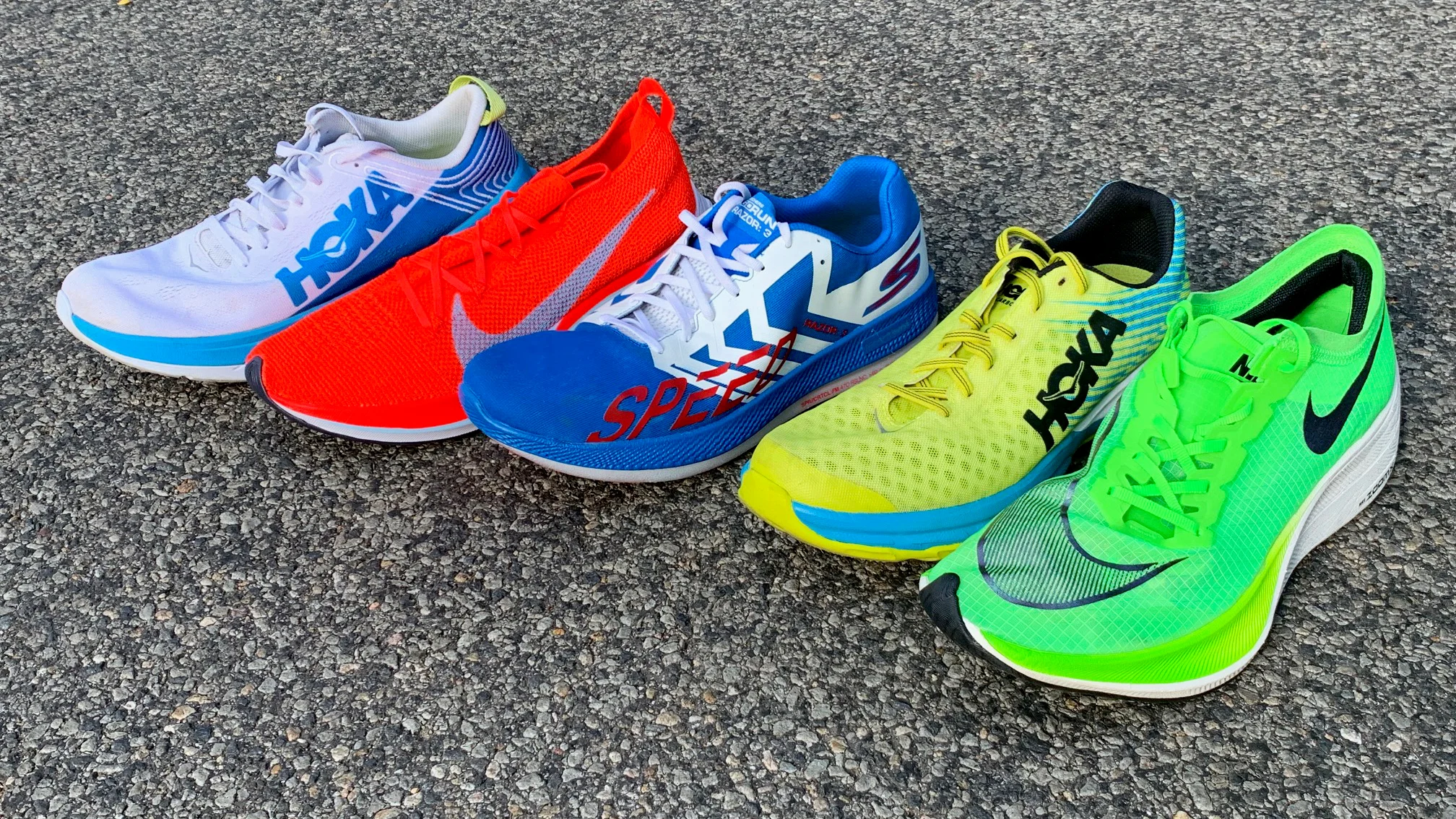By: Olivia Ho
Super Shoes were first introduced by Nike in 2016. They were Nike’s first thick soled, and energy returning shoes – with every step, the shoe repumps the energy exerted. Scientists discovered that training in a pair of Super Shoes for a few years makes you run faster.
“Because the shoes are a new tool, the more we run in them, the better we adapt,” said Geoff Burns, a physiologist and biomechanics expert.
After Nike’s new shoes were released, other shoe companies followed suit, creating similar designs. The governing body of track and field, World Athletics, set limits on how tall the midsole could be in 2020 to prevent cheating as the shoes would be faster than alternatives.
“Since I’m going to be wearing super shoes in races, I want to get a good feel for them in training,” said Lindsey Flanagan, one of the three women in America to be running in the World Championships marathon. “I’ve found that I can log more quality days, as well as more mileage in general, because my legs come around sooner.”
Flanagan also knows that some other running professionals don’t want to wear the shoes when they train. “They believe they can build up their strength while wearing traditional shoes, and then gain an extra boost on race day by slipping on the souped-up shoes.”
“I’ve seen super-shoe injuries in runners at all levels — high school runners, recreational runners and elite athletes,” said Amol Saxena, an expert on studying running injuries. “The shoes can put atypical stresses on the bones and soft-tissue structures.”
The foam midsoles in super shoes retain their cushioning and energy-return properties longer than the softer EVA midsoles in earlier shoes. Bill Salazar, a 77-year-old runner, has been training in them for more than three years, running about 35 miles a week meaning that the shoes effect has started.
Still, there is no debate as to whether Super Shoes make you run faster. With the innovation, the more important aspect of a person’s running is their endurance rather than their innate speed.











